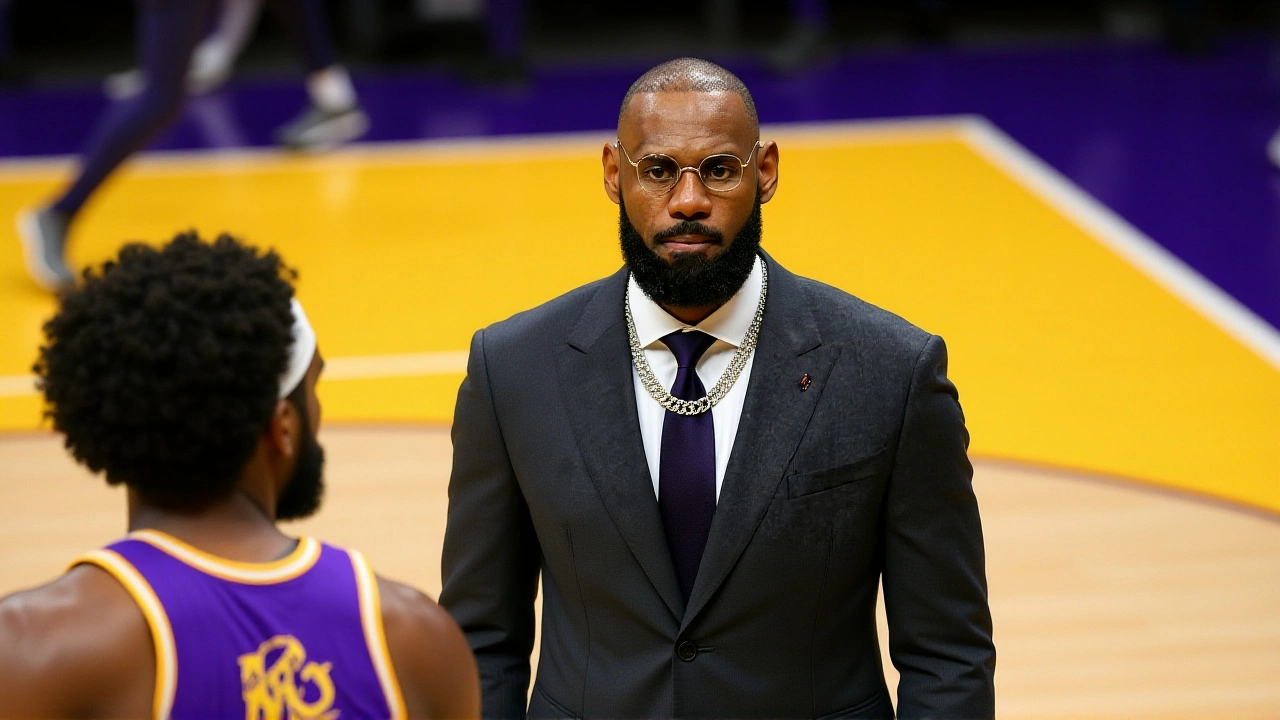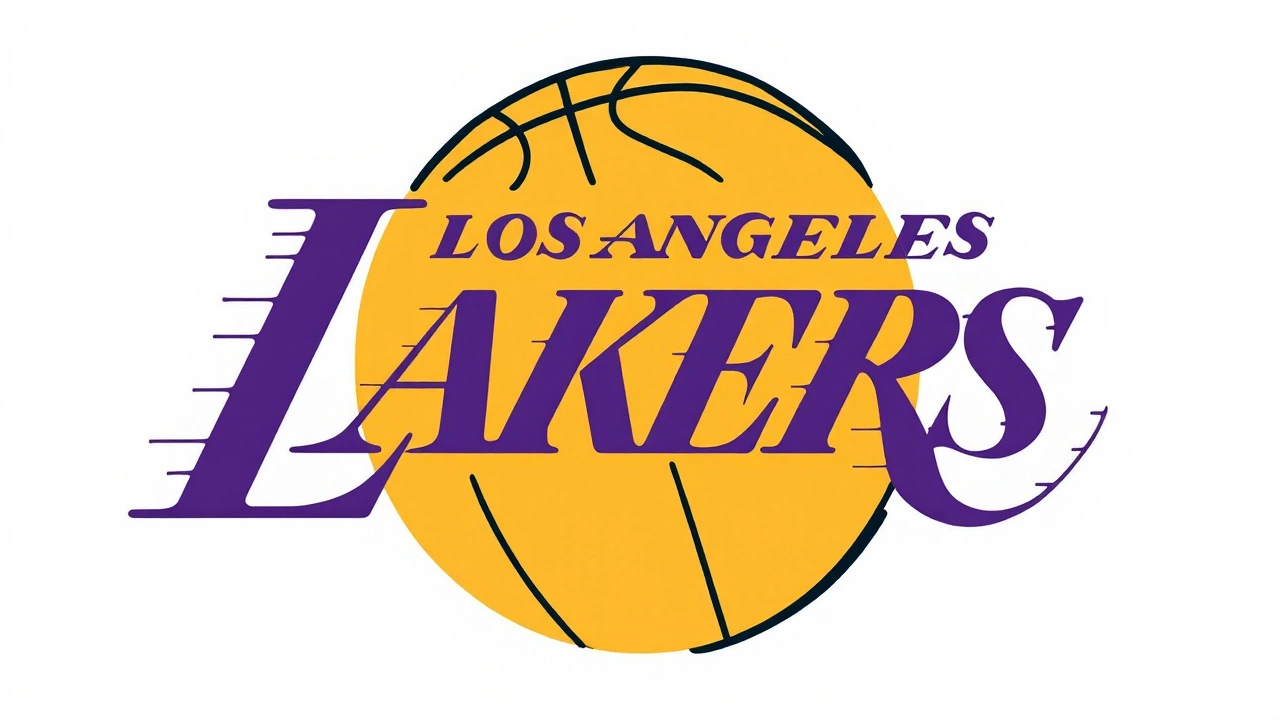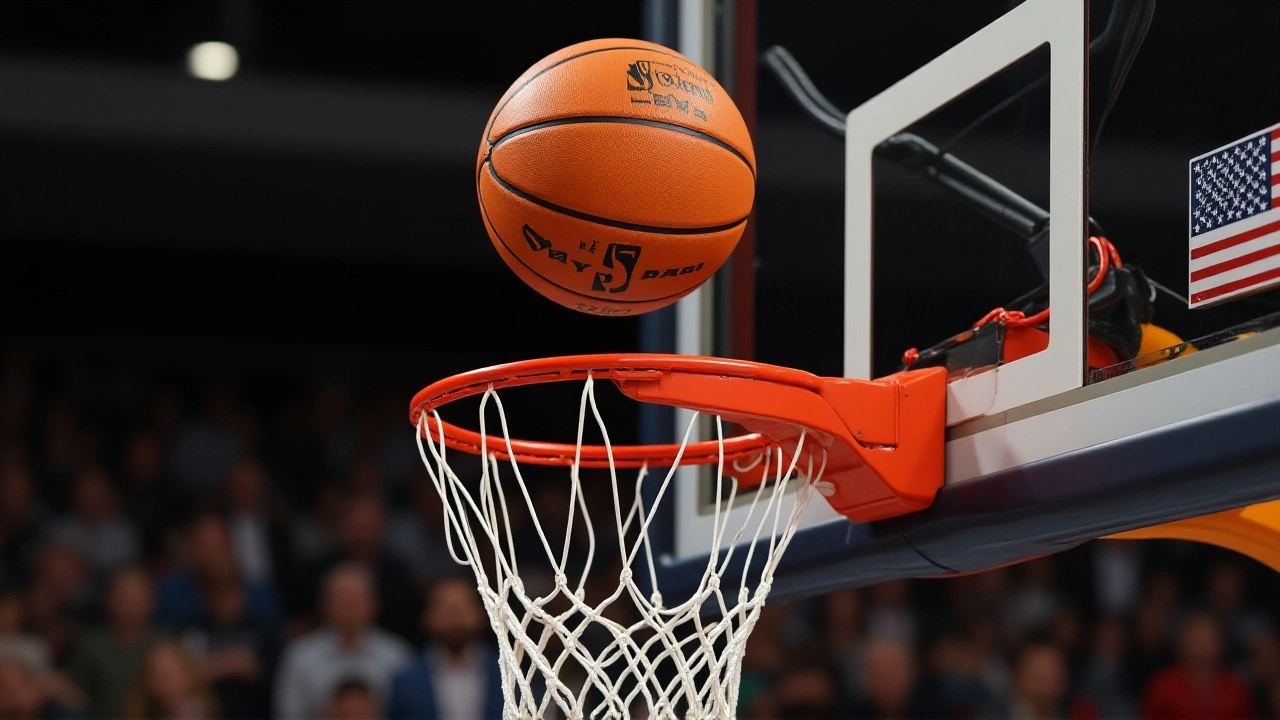When the Portland Trail Blazers tipped off against the Los Angeles Lakers at Crypto.com Arena on Monday, October 27, 2025, fans didn’t just see a Western Conference showdown—they witnessed a medical emergency disguised as a basketball game. With 11 key players officially ruled out, the injury report released at 6:30 PM UTC wasn’t just a formality—it was a warning sign for the entire league. The NBA’s CMS document, titled Injury Report: 10/27/25 06:30 PM, painted a grim picture: stars were down, rotations were shattered, and the physical toll of the NBA schedule had reached a boiling point.
The Star-Studded Absences
The most jarring omissions? Damian Lillard, the 35-year-old franchise cornerstone of the Trail Blazers, out with a left Achilles tendon injury under strict injury management protocols. His absence wasn’t just a loss of scoring—it was the loss of leadership, clutch shooting, and the emotional pulse of a team already struggling to find its rhythm. Then there was LeBron James, the 40-year-old icon, sidelined by right sciatica. Not a sprain, not a fatigue issue—sciatica. That’s nerve pain. That’s the kind of injury that makes you question whether the game still has room for legends.And then came the curveball: Luka Dončić, the 26-year-old Slovenian phenom, listed as Out with a left finger sprain and lower leg contusion. But here’s the twist—he doesn’t play for the Lakers. He’s with the Dallas Mavericks. The report mistakenly placed him under the Lakers’ roster. Whether it was a data entry error, a mislinked profile in the NBA’s CMS, or a glitch in the system, it underscored how overwhelmed the league’s injury tracking has become. The NBA’s system, built in 2017, wasn’t designed for this volume of injuries.
Trail Blazers’ Medical Woes
The Trail Blazers, already rebuilding, were hit hard. Starting guard Scoot Henderson, the 21-year-old rising star, was out with a left hamstring tear—a devastating blow to their backcourt depth. Matisse Thybulle, the defensive anchor, was questionable with hip soreness, meaning the Blazers might have gone into the game with zero elite perimeter defenders. Even Robert Williams III, the 27-year-old former Celtics center, was out—not because of injury, but because he was on G League assignment with the Rip City Remix. That’s not an injury. That’s a roster management crisis.The Lakers’ situation was even worse. Jaxson Hayes (patellar tendinopathy), Maxi Kleber (abdominal strain), and a laundry list of others—including Ty Jerome, Scotty Pippen Jr., and Vince Williams Jr.—were all ruled out. The Lakers weren’t just playing without their stars. They were playing without their depth. And they were doing it on the second night of a back-to-back, according to Lakers Nation’s October 28 report.

Why This Isn’t Just Bad Luck
This isn’t an anomaly. It’s a pattern. The NBA season is longer, more grueling, and more financially pressured than ever. Teams are pushing players harder in the offseason, games are packed tighter, and recovery windows are shrinking. The NBA’s injury reporting protocol—established in the 2017 Collective Bargaining Agreement—isn’t broken. It’s outdated. Terms like “Out,” “Questionable,” and “Doubtful” are too vague. There’s no transparency on recovery timelines, no public data on load management, and no accountability for teams that push players too hard.Meanwhile, the Golden State Warriors added fuel to the fire. Al Horford (left toe), De’Anthony Melton (ACL recovery), and Alex Toohey (knee rehab) were all out. That’s three key contributors gone in a single roster. And the Los Angeles Clippers didn’t even submit their report. That’s not negligence—it’s exhaustion.
What This Means for the Season
The Trail Blazers and Lakers were supposed to be playoff contenders. Now? They’re playing with G League call-ups and two-way contracts. The ripple effect is already visible: fewer competitive games, more blowouts, and a growing disconnect between the league’s marketing machine and the reality on the court. Fans aren’t just missing stars—they’re missing meaningful basketball.The Portland Trail Blazers’ medical staff, led by Dr. Donald Roberts and Jay Jensen, and the Los Angeles Lakers’ team under Dr. Steve Lombardo and Gary Vitti, are doing everything right—on paper. But when 11 players across two teams are sidelined by tendon tears, nerve pain, and recovery protocols, it’s not the trainers who need fixing. It’s the system.

What’s Next?
The NBA has two choices: either overhaul its injury reporting with real-time data, standardized recovery timelines, and mandatory load-tracking, or keep pretending this is just bad luck. The players aren’t fragile. They’re overworked. And the league’s silence speaks louder than any injury report.Frequently Asked Questions
Why was Luka Dončić listed on the Lakers’ injury report?
Luka Dončić plays for the Dallas Mavericks, not the Lakers. His inclusion in the Lakers’ section was almost certainly a data entry error in the NBA’s CMS system. This kind of mistake has happened before during high-volume injury reporting windows, especially when teams submit reports close to the 90-minute deadline. The NBA has not yet corrected the public record, raising concerns about the reliability of its injury tracking infrastructure.
How does this many injuries affect the NBA’s playoff race?
With 11 key players sidelined in a single game, the Western Conference standings are being distorted. Teams like the Trail Blazers and Lakers, once seen as top-four contenders, now risk falling out of playoff contention due to roster instability. This also impacts seeding, scheduling, and even TV ratings—fewer star players mean lower viewership, which directly affects league revenue and team valuations.
Are teams pushing players too hard with back-to-back games?
Absolutely. The Lakers played the second night of a back-to-back with a severely depleted roster, and the Trail Blazers were missing their primary playmaker. The NBA still schedules 102 back-to-backs per season despite player union requests to cut them. Studies show players are 30% more likely to suffer soft-tissue injuries after consecutive games. The league’s refusal to reduce scheduling density is a major factor in this injury surge.
What’s the difference between “Out” and “Injury Management”?
“Out” means the player won’t play that night. “Injury Management” is a catch-all term introduced in 2020 to describe chronic or recurring issues that teams don’t want to disclose fully. It’s often used for tendinitis, nagging soreness, or fatigue-related problems. While it gives teams flexibility, it also obscures the true severity of injuries, making it harder for fans and analysts to assess team health.
Why didn’t the Clippers submit their injury report?
The Clippers’ report was marked “NOT YET SUBMITTED” in the official NBA document. This could mean their medical staff was overwhelmed, their roster changes were last-minute, or they’re deliberately withholding information to gain a competitive edge. Either way, it violates the NBA’s requirement that all teams submit reports 90 minutes before tip-off—a rule that’s increasingly ignored as teams prioritize secrecy over transparency.
Could this lead to changes in the Collective Bargaining Agreement?
Yes. The 2017 CBA’s injury protocols are already under scrutiny from the NBA Players Association. With this wave of injuries—including ACLs, hamstring tears, and nerve issues—players are demanding mandatory rest days, fewer back-to-backs, and real-time injury tracking. The next CBA negotiations, set for 2027, could see major changes. But unless the league acts before then, this level of attrition may become the new normal.
